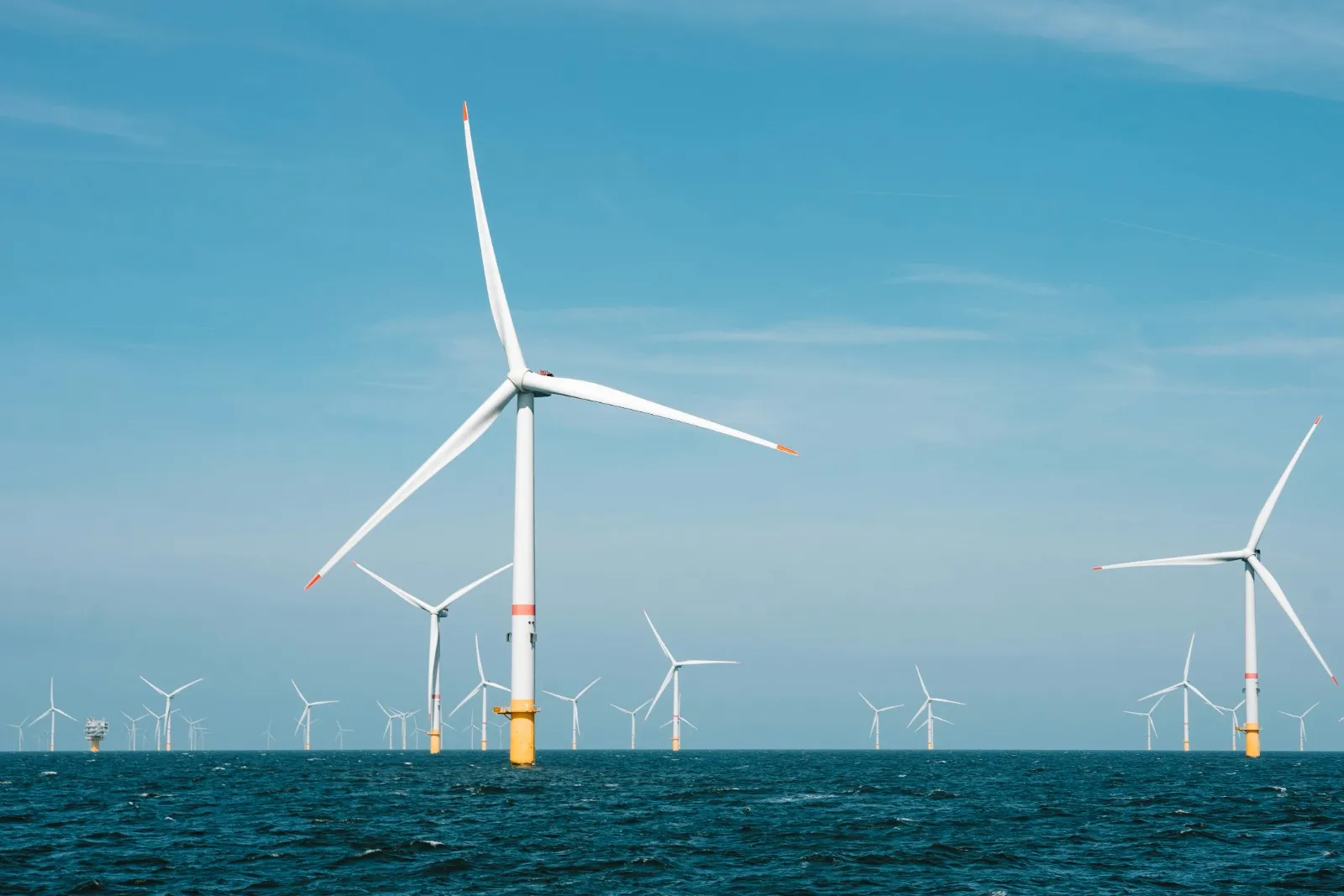Spotlight on: Singapore and the Energy Transition
In the 57 years since Singapore became independent, the country has undergone remarkable development, transforming rapidly from a low to high-income country, and with some of the world’s highest GDP growth today. The city-state’s rapid industrialisation in the 1960s set it on the path to swift development, with manufacturing and the services sector becoming the back-bone of Singapore’s economy. Just 10 years later, it reached full employment and became a fully fledged newly industrialised economy, alongside its Asian peers such as Hong Kong SAR, Republic of Korea and Taiwan. Now, however, the small island-state is in the midst of another up-hill battle – transitioning to renewable energy to meet decarbonisation goals, whilst ensuring energy demand is consistently met.
In 2021, Singapore established a national net-zero plan entitled the Singapore Green Plan 2030. With the power sector accounting for 40% of the country’s emissions, decarbonising the electricity sector is a high priority to meet their climate goals. Fifty years ago, Singapore relied heavily on oil, but over the past half century has transitioned towards natural gas, which releases considerably less CO2. However, with the recent global call for renewables, Singapore has been looking for alternative energy sources that will meet demand while matching global climate goals. So, how is it planning to navigate the energy transition?
Geographical constraints
Singapore is not naturally endowed when it comes to renewable energy potential. Its small land mass and high population means domestically grown sustainable biomass is not an option, nor is the development of nuclear power. The average wind speed in Singapore is just 2m/s, meaning commercial wind turbines (which normally operate at wind speeds of around 4.5m/s) are also not a viable path forward. A small tidal range and relatively calm sea axes the possibility of tidal power, and with much of Singapore’s sea space already cluttered by ports and shipping lanes, ocean energy technologies also remain out of reach. With no fast-flowing river systems, hydroelectric power is unattainable, nor can the country rely on any geothermal energy sources.
Singapore’s hidden talents
But hope is not lost, due to Singapore’s technological prowess and ability to quickly adapt to an evolving global energy landscape. Moreover, with Singapore’s high average annual solar irradiation, solar power is a strong potential option for renewable energy. And while this also won’t be an easy feat, with Singapore’s aforementioned small land pass posing a problem when it comes to large scale deployment of solar panels (not to mention frequent cloudy conditions and urban shading) the city state is currently in the process of researching and trialling options for solar PV systems in order to maximise the potential for solar energy, with the lofty goal of deploying at least 2 gigawatt-peak of solar energy by 2030, the equivalent of 350,000 households for a year.
And, while options such as nuclear currently remain beyond reach, the innovate Singaporeans continue to research ways to harness the technology, alongside exploring a plethora of different options, ranging from regional power grids and low-carbon hydrogen to carbon capture, utilisation and storage.
The future of Singapore’s journey
What is certain is that the future of Singapore’s energy transition is going to be one to watch, with serious potential for investment and development of renewable energy in the country. If you are keen to branch out and build your renewable presence in Singapore, then talk to us at Aspectus where we can expertly guide you through your energy communications from our Singapore PR agency to help quickly boost your next stage of growth. Get in touch here.
Nuala O’Sullivan, Account Executive, Energy team

